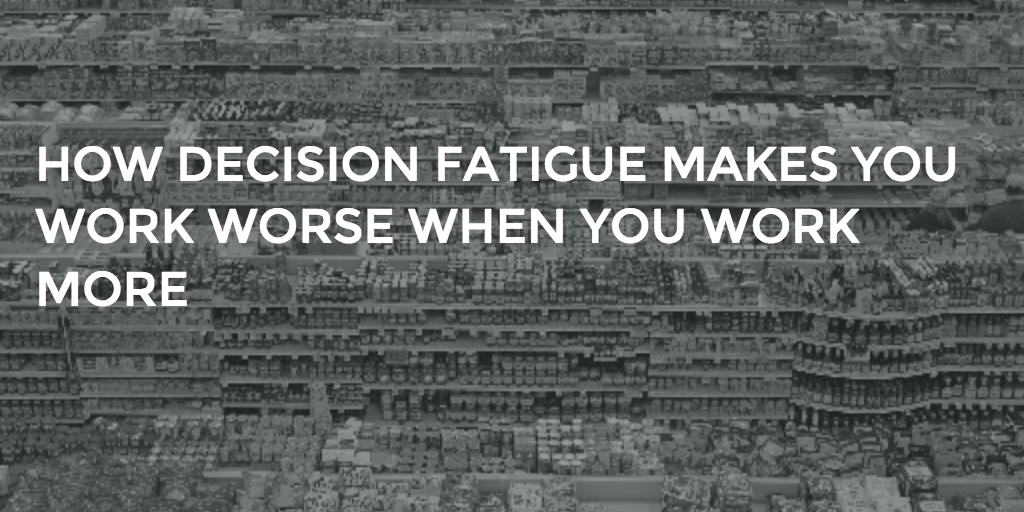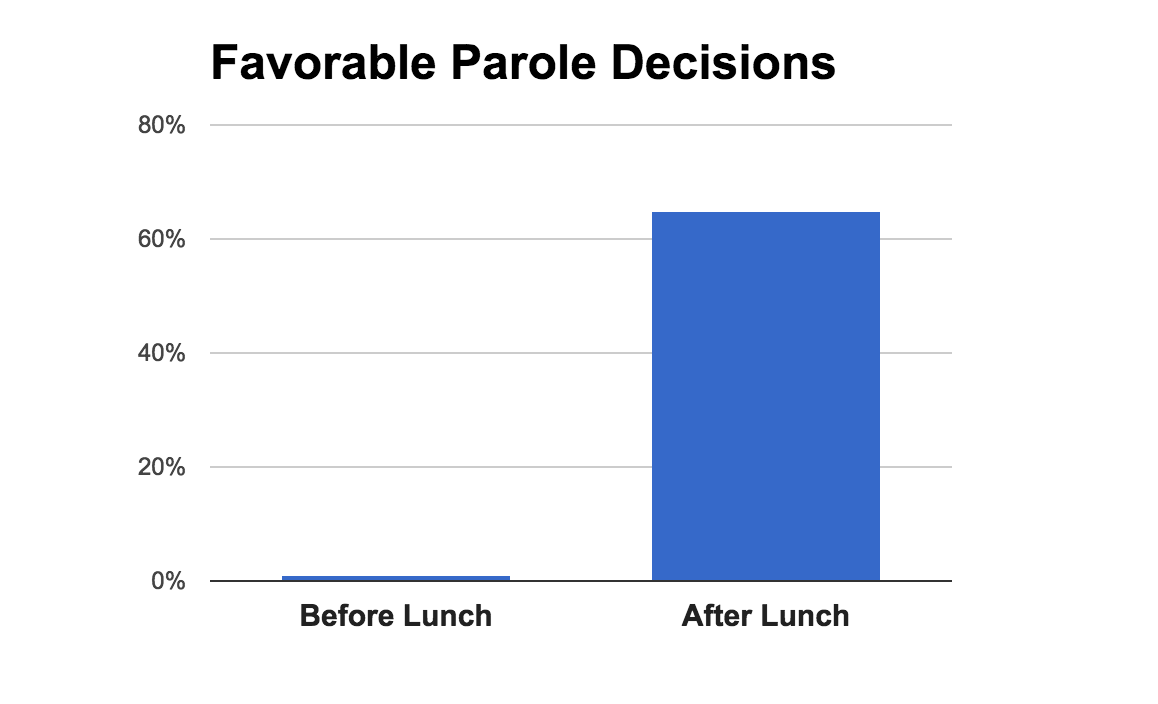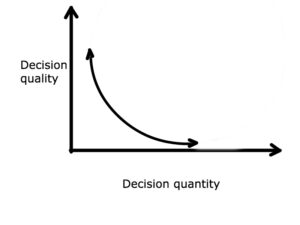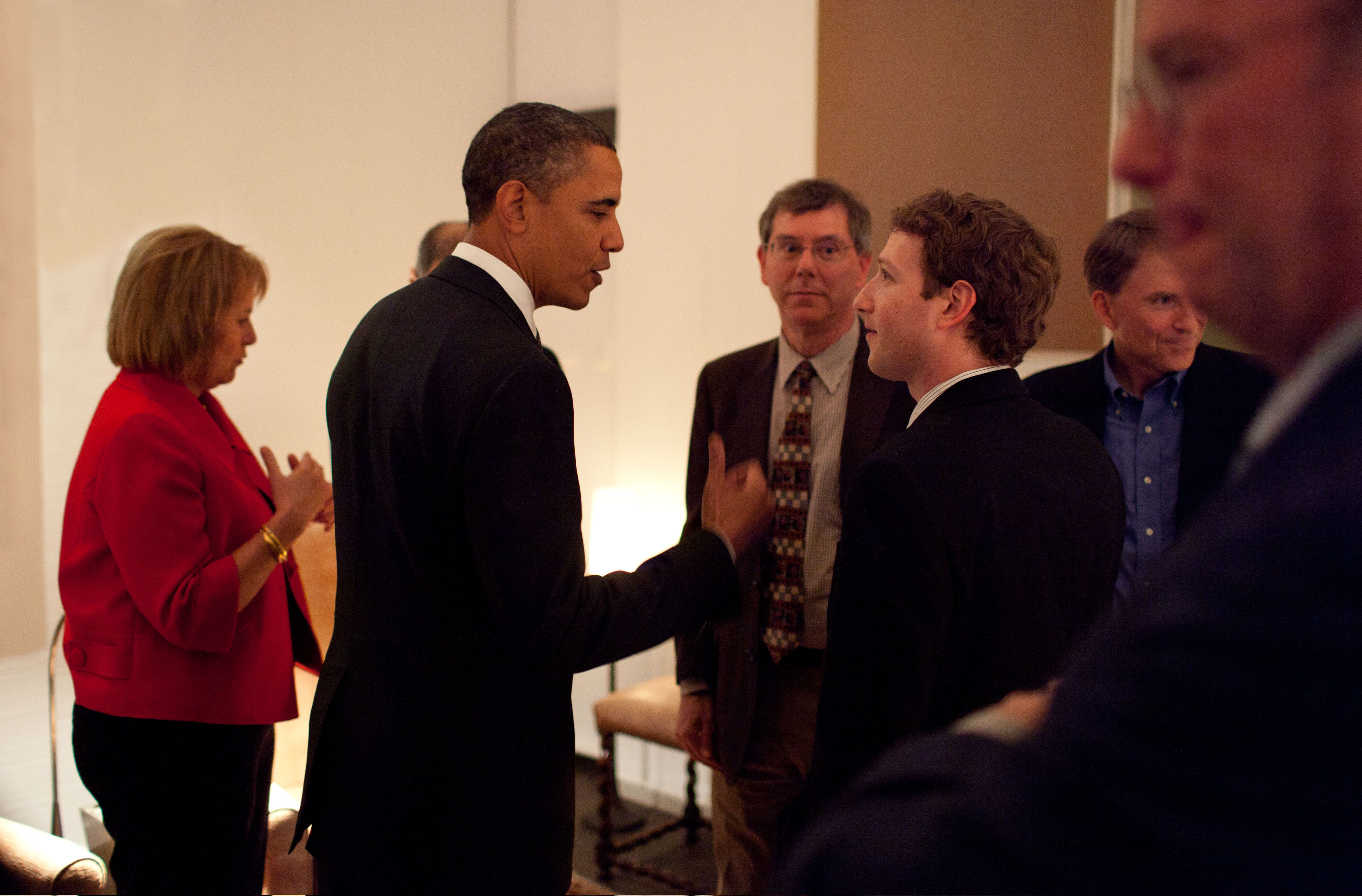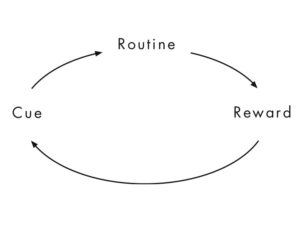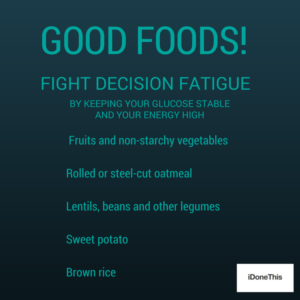Planning on getting arrested anytime soon? Better hope the judge has had a sandwich.
Researchers in 2011 studied more than 1,100 decisions from eight Israeli judges serving on a parole board. Their findings were surprising: the biggest factor determining how lenient a judge would rule was how long it had been since the judge had a snack or lunch break.
“Basically, right after a short break, judges came in with more positive attitudes and made more lenient decisions. As they burned up their reserves of energy, they began to make more and more decisions that maintained the status quo,” wrote Jeff Sutherland, CEO of Scrum, Inc. and author of “Scrum: The Art of Doing Twice the Work in Half the Time.“
The problem: decision fatigue. The mental work of making all those high-stakes decisions, one after another, wore down the judges.
“Decision fatigue helps explain why ordinarily sensible people get angry at colleagues and families, splurge on clothes, buy junk food at the supermarket and can’t resist the dealer’s offer to rustproof their new car,” wrote John Tierney, science columnist at the New York Times.
Making decisions, like lifting heavy things, wears you down. Anyone who’s worked a manual labor job knows how much harder work is at the end of the shift. Like your muscles, your brain uses up energy through the day. Just like you’re more likely to drop something after lifting heavy things all day, you’re more likely to make a bad decision after making hard choices all day.
It’s the reason candy bars are at the cash register and produce greets you at the front door. Your early decisions are likely to be more intelligent. After an hour of making choices on what groceries to buy, you’re more likely to splurge on something unhealthy.
For years, scientists were stumped over decision fatigue. There was no conclusive research or clear explanation. Little did they know, the answer was hiding right there in those candy bars.
How decision fatigue wears you down
The effects of decision fatigue in the case of the parole board judges were not subtle, they were glaring.
“We find that the percentage of favorable rulings drops gradually from ≈65% to nearly zero within each decision session and returns abruptly to ≈65% after a break,” the authors wrote.
For years, researchers wrestled with understanding decision fatigue. Some speculated that there was a correlation with glucose, the main type of sugar in the blood and your cells’ chief source of energy. Eventually Todd Heatherton at Dartmouth led a study where 45 female research subjects had brain activity and food intake monitored during a series of experiments designed to induce decision fatigue.
The results were astounding. Administering glucose completely reversed the brain changes brought on by decision fatigue.
When glucose is low, the research showed, your brain continues working. But it shifts its energy, ending some tasks and starting others. This shift causes the brain to react to immediate rewards more strongly and react less intensely to long-term rewards.
Or imagine driving down the road and your check oil light is on, indicating a long-term maintenance need. Suddenly you get low on gas, and your low fuel light clicks on, indicating a more immediate need and overriding the check oil light. This is what happens in your brain. Sensing that short-term fuel is low, your brain flips over to signaling for short-term needs.
What smart people do about decision fatigue
People unwittingly have been hacking and exploiting decision fatigue for years before science ever started to understand it. It’s doubtful that grocery store managers knew exactly why people were more apt to buy candy at the checkout aisle. But it seemed to work and they ran with it. Likewise, high-powered negotiators have for years been scheduling meetings on Friday afternoons, knowing that going late into a Friday evening is a great to wear away at someone’s resolve. And maybe more trick plays happen in the fourth quarter because the coach is worn down from making more sensible calls all game.
Thankfully, there are things that can be done about it.
1. Make fewer decisions
An obvious way to avoid getting worn down by too many decisions: make fewer decisions. Take an audit of your daily routines and see what decisions can be automated. Mark Zuckerberg and Barack Obama have done this by wearing the same outfit every day.
These are powerful leaders with a lot of high-stakes decisions to make every day. By cutting out one small decision, they free up energy for more important ones.
“I’m trying to pare down decisions,” the President has said. “I don’t want to make decisions about what I’m eating or wearing. Because I have too many other decisions to make.”
2. Make habits, not decisions
Some decisions will not be eliminated, but they can be turned into habits. Habits just happen. If you’ve taken a 30-minute jog every morning for seven years, you don’t need to wake up and decide to jog, anymore than you need to decide to brush your teeth. It just happens.
In his book “The Power of Habit,” Charles Duhigg writes of how habits involve a simple neurological loop: cue, routine and reward.
If you want your routine to be a daily run, experiment with different rewards: a piece of chocolate after the run or 20 minutes of your favorite T.V. show. And set up an obvious cue: first thing in the morning, after returning from work in the afternoon.
Whatever it is, eventually the reward will be the task. And you won’t have to think about it. Just like you no longer need your parents to bribe you into brushing your teeth.
Pretty soon, it will be an established habit and not contributing to decision fatigue.
You can also take a look at these lessons on Survivorship Bias that may help you make better decisions overtime.
3. Keep your glucose stable
No matter how many decisions you’re able to automate or eliminate, you will still have many to make. Like the Isreali judges, you’re bound to have a harder time as your glucose drops. Eating better can help this. Particularly, try to get plenty of complex carbohydrates which will offer more stable energy that lasts longer. These foods have a low glycemic index, a measure of how quickly food causes blood glucose levels to rise.
Try to eat raw, whole foods. Generally, the more cooked and processed, the higher the glycemic index.
Here are some foods that can help keep your glucose stable all day, ensuring better decisions later on.
- Fruits and non-starchy vegetables
- Rolled or steel-cut oatmeal
- Lentils, beans and other legumes
- Sweet potato
- Brown rice
P.S. If you liked this article, you should subscribe to our newsletter. We’ll email you a daily blog post with actionable and unconventional advice on how to work better.

